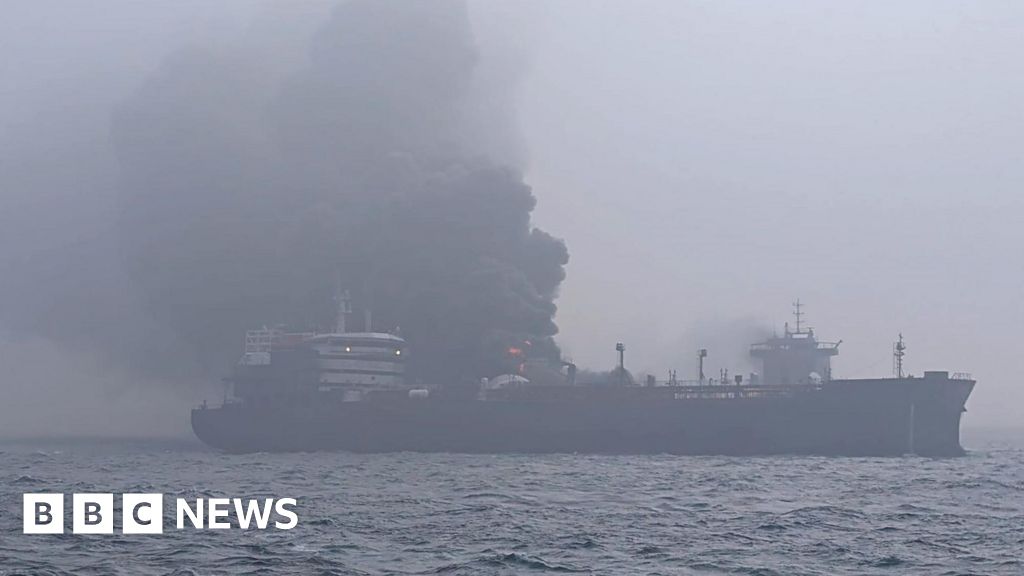How bad could the collision in the North Sea of an oil tanker and a cargo ship be for the environment? Environmental organisations and the UK authorities are assessing the potential fallout for marine species and nearby wildlife populations from toxic chemicals. While it’s still too early to tell whether this will have a major impact, and weather conditions in coming days will be a major factor, a lot will depend on exactly which and how much of these substances were on the ships and how much has spilled.
Maritime operations company, Crowley, which was managing the oil tanker the MV Stena Immaculate, has confirmed that it was carrying 220,000 barrels of jet fuel in 16 containers at the time of the incident. It was not clear on the status of all the containers but Crowley said one had “ruptured” and was leaking fuel into the sea.
The contents of the cargo ship, the Solong, which crashed into the tanker have been less clear. Lloyds List, a shipping data company, said on Monday that it was carrying sodium cyanide. But on Tuesday Ernst Russ, owners of the cargo ship said: “We are able to confirm that there are no containers on board ladened with sodium cyanide. There are four empty containers that have previously contained the hazardous chemical and these containers will continue to be monitored.”
It remains unclear if the ship was carrying other contents at the time of the crash.
Jet fuel is a toxic substance that can be lethal to marine organisms and other animals like seabirds if ingested. The level of toxicity is dependent on the crude oil that it has been refined from. Sodium cyanide, which is used in industry, including for metal cleaning, is also a toxic substance and poisonous for living organisms as it disrupts cell function and leads to oxygen starvation. Sodium cyanide is also highly soluble in water and it can react vigorously to produce the gas hydrogen cyanide,
Source link




